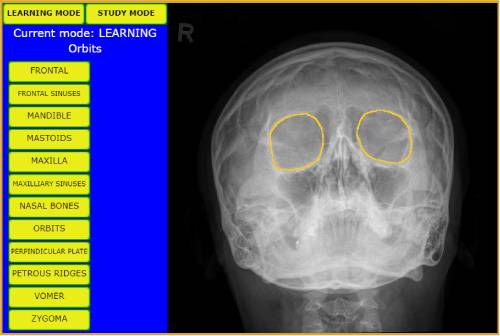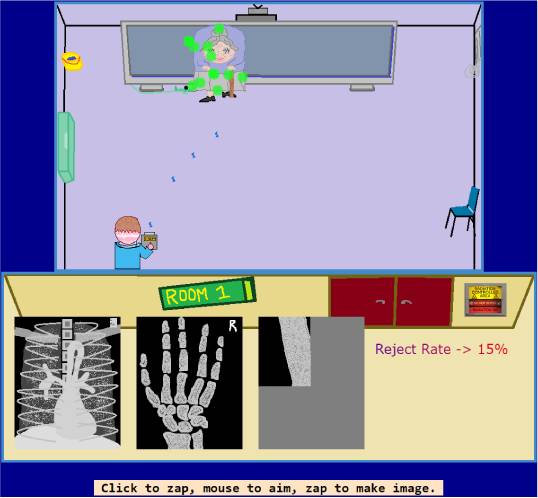Fallability
“Although not always appreciated by the public, or indeed by referring doctors, [radiology] reports should not be expected to be definitive or incontrovertible. They represent clinical consultations, resulting in opinions which are conclusions arrived at after weighing of evidence.”Brady 2016
Expert opinions are informed by training, experience, repetition, feedback, research and arguably most importantly – screw-ups. Every expert reporter has been tempered in the flames of their own screw-ups – we refer to these as discrepancies. There are many ways discrepancies can come to light and the being open to learning from these is a vital part of becoming a competent and trusted reporter and in fact, in any regulated healthcare profession, reflecting and learning from error is a medicolegal responsibility.
Identifying discrepancy relies on knowing the “ground truth”; often this comes in the form of a gold standard test. For example, if patient has a clinical scaphoid fracture and no bony injury can be identified on plain film imaging, MRI may be offered which is much more sensitive for and more ably to reliably exclude subtle fractures. If a finding is confirmed on a gold standard test, we can look back with the benefit of this knowledge and discuss whether the abnormality is appreciable on the previous studies, whether it could have been identified by a reasonably competent practitioner and what learning can be taken from the case.
Learning from discrepancies requires a measure of feedback, part of the reason why it is recommended that reporters include their contact details on reports. It is often useful to follow up cases where there is uncertainty – if a patient goes on to have specialist consultation or a gold standard test, we can compare our opinion and reasoning against either the expert consensus or ground truth and see where we went right or wrong.
Anyone can highlight a potential discrepancy and it is encouraged that if you see something, you say something. Most radiology departments will have some form of semi-regular meeting for reporters to discuss discrepancies as well as “good spot” cases. These cases are anonymised so that they can be scrutinised without victimisation and learning is shared between peers.
Everyone is fallible. There are no exceptions.

